#river ray
Text
Daily Ray Fact:
*these are starting to get away from me 😅 whoops. Here's the actual fact*
The Tiger River Ray is a species of freshwater ray. This endangered species is endemic to black- and whitewater rivers in the upper Amazon basin in northeastern Peru. So little is known about its population and reproductive habits that it is impossible to say what its status is in the wild.


#tiger river ray#river ray#river stingray#tiger stingray#stingrays#stingray facts#daily stingray facts#daily ray facts#daily stingray#fish facts#ray facts#ray family#ray post#stingray post#respect the locals#cartilaginous fish#marine#marine life#freshwater ray#freshwater stingray
306 notes
·
View notes
Text

Studies into the Past by Laurent Grasso
#laurent grasso#art#solar eclipse#eclipse#knight#soldier#knights#landscape#medieval#mediaeval#middle ages#river#town#castle#europe#esoteric#black sun#sun#rays#moon#horse#celestial#towers#tower#fortress#architecture#countryside#armour#soldiers#european
511 notes
·
View notes
Text
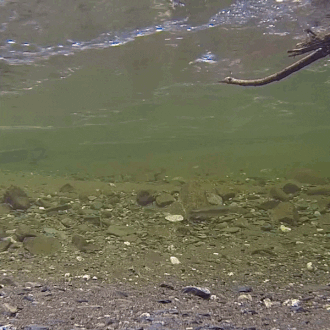
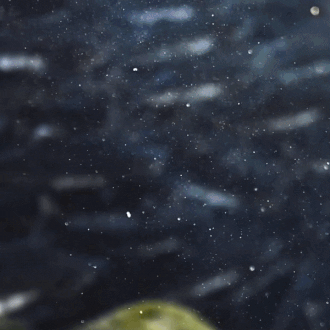
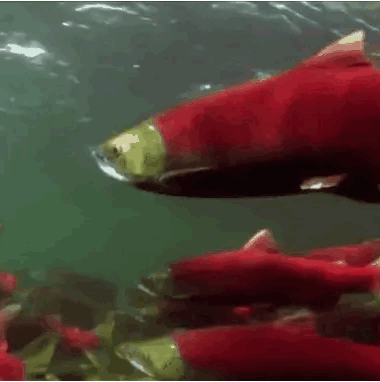
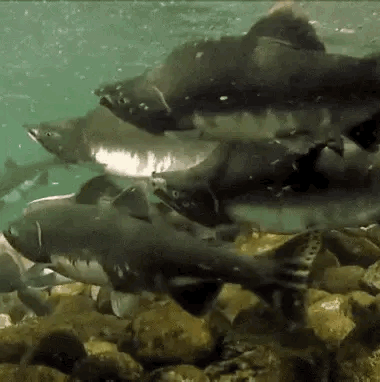
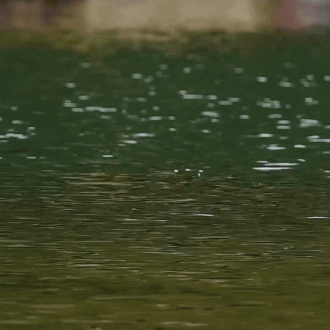
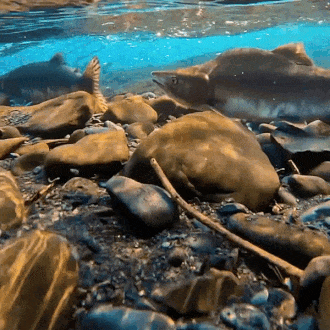
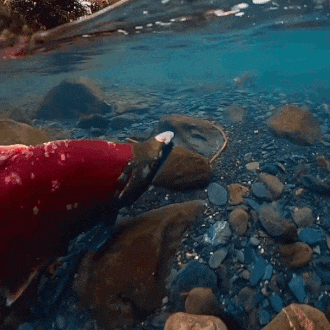
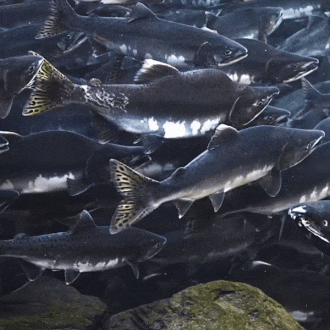
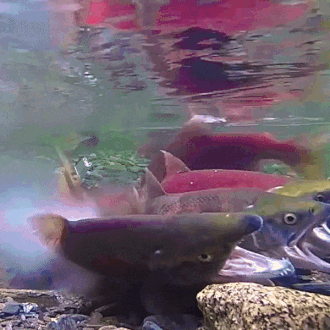
salmon for anon!
🐟-🌊-🐟 / 🌊-🐟-🌊 / 🐟-🌊-🐟
#stim#stimboard#salmon#fish#sfw#nature#red#gray#grey#blue#green#underwater#animals#water#sockeye salmon#freshwater fish#salmon run#rocks#euryhaline ray-finned fish#rivers#requests
900 notes
·
View notes
Text
it’s disgusting the amount of followers i’m losing. i don’t give a fuck about it, but you should all be ashamed of yourselves. y’all really don’t give a fuck about anything other than a pixel you want to fuck
#this is vulgar but idc#y’all don’t even try to pretend like you actually care#free palestine#free gaza#from the river to the sea palestine will be free#✭・۪ ⊹ ֗ ray rambles
318 notes
·
View notes
Text

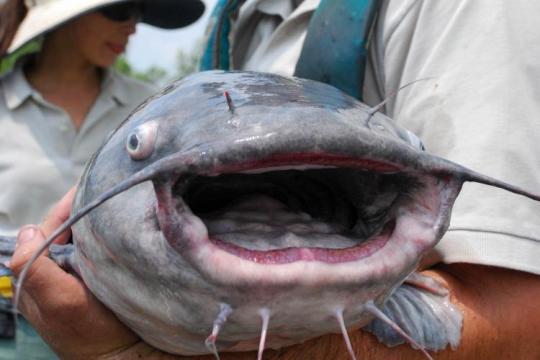
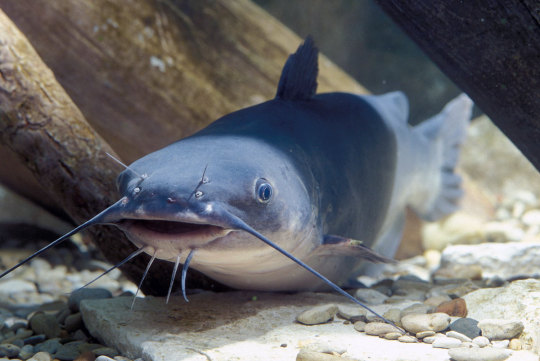
The Beautiful Blue Catfish
Blue catfish (Ictalurus furcatus) are members of the bullhead catfish family, native to the drainages of the Mississippi, Missouri, and Ohio river basins and the Gulf of Mexico. Because of their popularity as game fish, this species has also been introduced to freshwater systems throughout North and South America, and is considered invasive in these areas.
Like many catfish, I. furcatus is a bottom dweller. They can often be found near complex structures such as rocky outcroppings, fallen trees, or sunken structures that provide both food and shelter. The blue catfish is an opportunistic predator, consuming any fish or aquatic invertebrates it can find, as well as eggs, small amphibians, and injured or recently deceased animals. Adult I. furcatus are seldom prey for other species due to their size, but hatchlings and juveniles are often food for cormorants, willets, osprey, pelicans, and bald eagles. To deter predators, this species has serrated barbs along their dorsal and pectoral fins, each laced with a particularly painful toxin.
Though they can be difficult prey for other animals, the blue catfish is a popular target for fishermen, and for good reason; they're the largest species of catfish in North America. Adults can easily reach a length of 65 in (170 cm) and a weight of 165 lb (75 kg). As indicated by their name, most individuals are grey or blue, with a lighter underbelly. This species also lacks scales, a common characteristic of catfish, and the face is framed by long whisker-like barbels that help it detect nearby food.
While generally solitary, blue catfish aren't territorial, and tend to ignore each other until the mating season. Reproduction begins in April and continues until June, during which time males attract a female by building a nest and releasing attractive pheromones. Once a female has selected a male, she lays between 4,000-8,000 eggs per kilogram of bodyweight in his nest (i.e. if the female weighs 2 kg, she may lay between 8,000-16,000 eggs). The male then disperses sperm over the eggs. Following fertilization, the male chases away the female and guards the nest for about a week, at which time the eggs hatch. The hatchlings, also known as fry, stay close together in schools for several weeks before growing large enough to disperse. It will take them a further 5 years for them to reach maturity; on average individuals live about 10 years, but can live as long as 25.
Conservation status: The blue catfish is considered Least Concern by the IUCN. Within its native range, populations face minor threats from dams and droughts. Where it has been introduced, the species is considered invasive due to its voracious appetite.
If you like what I do, consider leaving a tip or buying me a ko-fi!
Photos
Missouri Department of Conservation
NOAA
Earl Nottingham
#blue catfish#Siluriformes#Ictaluridae#ictalurids#catfish#ray finned fish#bony fish#fish#freshwater fauna#freshwater fish#rivers#river fish#lakes#lake fish#north america#southern north america
218 notes
·
View notes
Text
eid mubarak everyone <33
may this eid be happy for everyone, may all of our good deeds and prayer from ramadan be accepted, and may Palestine be free, happy, and strong inshallah
#eid mubarak#eid 2024#coquette#coquette blog#coquette community#coquette aesthetic#coquette dollete#dollete aesthetic#dollete#americana#americana aesthetic#coquette americana#americana coquette#bubblegum coquette#gloomy coquette#coquette noir#key west kitten#pinkspidey’s rambles#girlblogging#girlblogger#girlblog#this is a girlblog#lana del rey#lana del ray aka lizzy grant#lana del ray aesthetic#lizzy grant#free palestine#palestine#from the river to the sea palestine will be free
84 notes
·
View notes
Text
https://hannah-871.ludgu.top/lu/uASvWkc
#clean eating#River Phoenix#yeji#شعر#gay underwear#lana del ray#japan#asking alexandria#lana del ray aesthetic#r@pe fantasy#ncuti gatwa#90s style#apple music
120 notes
·
View notes
Text
#River Phoenix#new studyblr#yeji#playlist#gisellelynette#charity#old hollywood#lana del ray#heathers#asking alexandria#lana del ray aesthetic#r@pe fantasy#90s style#apple music#savannah bond
131 notes
·
View notes
Text
#noriaki kakyoin#Raven Buchana#kiss gif#dark academism#clean eating#River Phoenix#new studyblr#airplane#شعر#gay underwear#lana del ray
123 notes
·
View notes
Text
Daily Ray Fact:
*Last one and it's kind of a bummer, because there's literally no information on it🙃*
The Rosette River Stingray is also regularly known as the Flower Stingray. It is a freshwater stingray that can be found in the rivers of Northern South America. They are aptly named for the floral design on their disc, which blends in well with sandy river bottoms.
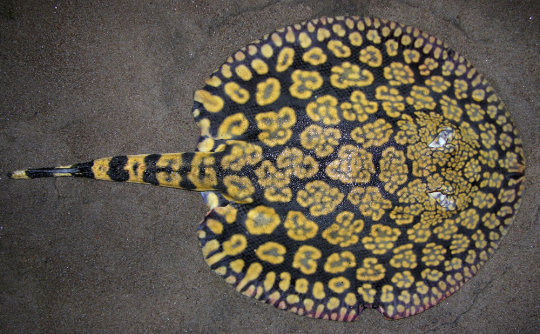

#rosette river stingray#flower stingray#river stingray#stingray#stingray post#stingray family#stingray facts#freshwater stingray#ray facts#ray family#river ray#daily ray facts#daily stingray facts#daily stingray#fish facts#daily facts#marine#marine life#marine animal
223 notes
·
View notes
Text
Uncharismatic Fact of the Day
Calling the Anableps fishes “four-eyes” isn’t an insult-- these species actually have four eyes! Individuals have two eyeballs, and each eyeball has two pupils and two corneas. This allows the Anableps fishes to see above and below the water at the same time, and spot potential prey and predators twice as easily.
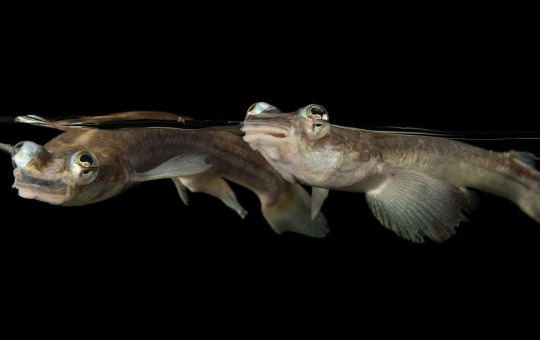
(Image: Largescale foureye fish (Anableps anableps) by Joel Sartore)
#largescale foureye fish#Cyprinodontiformes#Anablepidae#Ray-Finned Fish#Bony fish#fish#freshwater fauna#freshwater fish#wetlands#wetland fish#rivers#river fish#central america#south america#northern south america#Amazon Rainforest
2K notes
·
View notes
Text

pose making they could never make me hate you
#river dipping#theodore doe#matthias evanoff#a burning house to live in#echthroi#ts4#......... i should probably just make a tag specifically for my blender wips actually#ummmm......#blender#obviously 😭 will go back and retag old blender posts with this tag eventually#missed this soooo bad i'm having so much fun 😭😭#<- person who just made a simple hug pose#no but.#there’s seriously nothing better than being able to do whatever i want in blender#if i knew how to render the way like rai and the rest of you can TRUST ME!! i would be posting mattodore content every dayyy#but since i can't even rip matthias's sim without his skin details fucking up i just make poses for in-game use </3#i have this huge list of poses i want to make and shitty notes app drawings of some ideas i've scribbled down these last few weeks lmao#and i also want to start learning how to animate....... which i might spend some time on tomorrow#like getting blender back in order makes me so happy 🧎#i’ve got so much i want to do in here!!#but okay... i do need to go lay down kjdfhnfgjn i'm gonna read and try to sleep mwah mwah mwah#bye to the three other people online rn 👋
60 notes
·
View notes